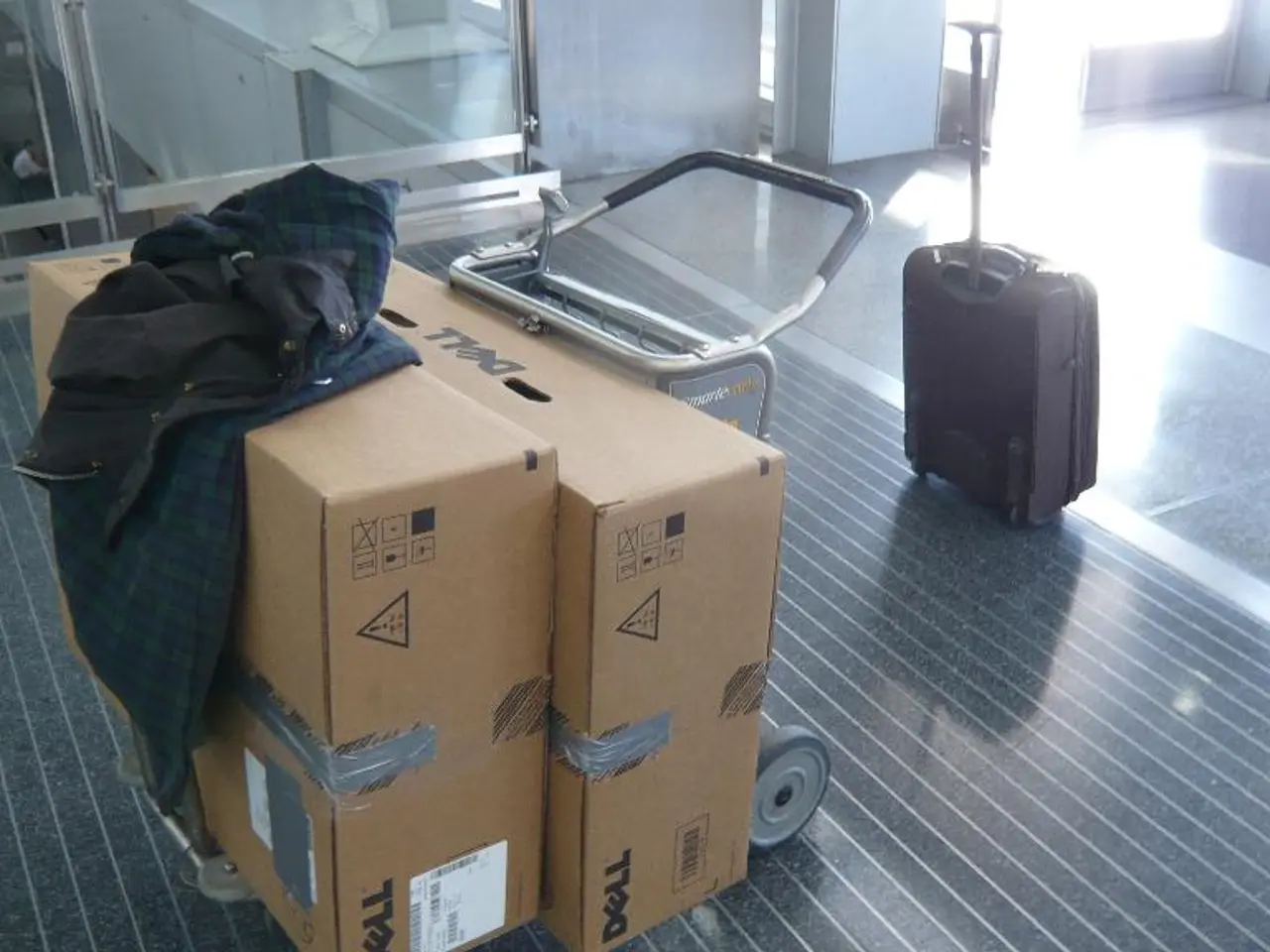Imports of containers in the United States take a sharp decline due to tariffs and economic instability
The recent tariffs on Chinese imports have caused significant fluctuations in containerized imports, reshaping the domestic freight markets in the United States.
According to data from the IndexBox platform, there was a 42% decline in containerized import bookings from China to the U.S. in April, following a 145% tariff hike. This initial drop was followed by a sharp rebound in July, with container volumes rising 44.4% month-over-month to 923,075 TEUs from China. This rebound also pushed total U.S. container imports to 2.62 million TEUs in July, near record highs that create substantial pressure on U.S. port and inland logistics infrastructure.
The tariffs and related policies, including revoking the de minimis exemption for China, have compelled importers to frontload shipments and diversify supply chains. While the major ports of Los Angeles and Long Beach saw dramatic volume declines in May due to tariffs, ports like Savannah have grown, benefiting from increased storage capacity and supply chain flexibility.
The surge in container volumes during tariff-related frontloading periods has stressed port capacity and inland logistics networks. The spike to historically high volume levels stretches terminal throughput and trucking, rail, and warehousing resources, raising operational costs and delays. Moreover, the tariffs have driven up prices for consumer products and intermediate goods, particularly in apparel, textiles, and motor vehicles.
In addition, both the inbound ocean freight and truckload markets have shown year-over-year declines. Intermodal rail volumes have shown modest resilience, with a 5% decrease. The Inbound Ocean TEUs Volume Index and Outbound Tender Volume Index have posted double-digit drops.
The disruption has accelerated traditional peak season activity by one to two months, with several carriers announcing peak season surcharges for September. The Logistics Managers Index indicates a potentially diffused peak as shippers hold inventory upstream to avoid higher storage costs.
In summary, the recent tariffs triggered an initial decline in Chinese imports followed by importers accelerating shipments before tariff hikes, resulting in near-record container volumes that strain U.S. freight infrastructure. These dynamics have led to regional port volume shifts, increased logistics costs, and higher consumer prices linked to tariffs and supply chain re-engineering.
Read also:
- Unchecked Management of HP Dams Leads to Environmental Disaster: RTI Reveals
- Impact of Trump's Enforced Russia Sanctions Could Compel Putin's Decision-Making
- Nordstrom taps prominent New York residents for their second advertising campaign in the city.
- Harnessing Magnetism's Potential: Revolutionizing Energy Production for a World Transformed







